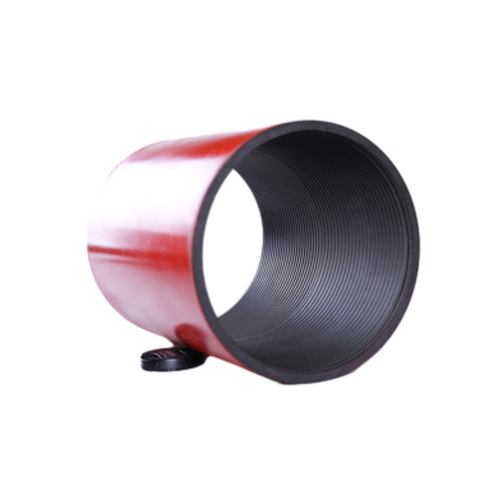- Afrikaans
- Albanian
- Amharic
- Arabic
- Armenian
- Azerbaijani
- Basque
- Belarusian
- Bengali
- Bosnian
- Bulgarian
- Catalan
- Cebuano
- Corsican
- Croatian
- Czech
- Danish
- Dutch
- English
- Esperanto
- Estonian
- Finnish
- French
- Frisian
- Galician
- Georgian
- German
- Greek
- Gujarati
- Haitian Creole
- hausa
- hawaiian
- Hebrew
- Hindi
- Miao
- Hungarian
- Icelandic
- igbo
- Indonesian
- irish
- Italian
- Japanese
- Javanese
- Kannada
- kazakh
- Khmer
- Rwandese
- Korean
- Kurdish
- Kyrgyz
- Lao
- Latin
- Latvian
- Lithuanian
- Luxembourgish
- Macedonian
- Malgashi
- Malay
- Malayalam
- Maltese
- Maori
- Marathi
- Mongolian
- Myanmar
- Nepali
- Norwegian
- Norwegian
- Occitan
- Pashto
- Persian
- Polish
- Portuguese
- Punjabi
- Romanian
- Russian
- Samoan
- Scottish Gaelic
- Serbian
- Sesotho
- Shona
- Sindhi
- Sinhala
- Slovak
- Slovenian
- Somali
- Spanish
- Sundanese
- Swahili
- Swedish
- Tagalog
- Tajik
- Tamil
- Tatar
- Telugu
- Thai
- Turkish
- Turkmen
- Ukrainian
- Urdu
- Uighur
- Uzbek
- Vietnamese
- Welsh
- Bantu
- Yiddish
- Yoruba
- Zulu
coupling for tubing
Understanding Coupling for Tubing A Comprehensive Overview
Couplings are essential components in various piping systems, including oil and gas, water supply, and other industrial applications. These fittings facilitate the connection of two or more pieces of tubing, ensuring the seamless transmission of fluids while maintaining pressure and flow rate. This article provides a detailed overview of tubing couplings, their types, applications, and considerations for selection.
What is Tubing Coupling?
A tubing coupling is a mechanical device used to connect two lengths of tubing in piping and pipeline applications. They play a crucial role in maintaining the integrity and efficiency of fluid transport systems. Couplings are designed to withstand various stresses, including pressure, temperature, and external loads, making them vital for ensuring the reliability of the system.
Types of Tubing Couplings
There are several types of tubing couplings, each serving distinct purposes and applications. The most common types include
1. Threaded Couplings These are one of the most traditional forms of couplings, featuring internal or external threads that allow for a secure fit. They are often used in low-pressure applications due to their ease of installation and ability to provide a leak-proof connection.
2. Welded Couplings In higher-pressure and high-temperature environments, welded couplings are favored. They are permanently attached through welding processes, providing a robust connection that can handle significant mechanical stress.
3. Flanged Couplings These are designed with a flange on each end, allowing for a bolted connection. Flanged couplings are ideal for larger diameter pipes and applications where disassembly might be required for maintenance.
4. Compression Couplings These rely on compression fittings that secure tubing through mechanical pressure. They are commonly used in PVC and plastic piping systems and can be installed without specialized tools.
5. Expansion Couplings These accommodate thermal expansion and contraction of pipes, which helps prevent damage. They are particularly useful in environments with significant temperature fluctuations.
6. Flexible Couplings Designed to connect dissimilar piping materials or accommodate misalignments, flexible couplings are highly versatile and often used in plumbing and HVAC systems.
Applications of Tubing Couplings
Tubing couplings are utilized across various industries, including
coupling for tubing

- Oil and Gas In the petroleum industry, couplings connect drill pipes and tubing, ensuring efficient fluid transfer from the wellhead to the surface.
- Water Distribution Water supply systems employ couplings to connect pipes and facilitate the safe transport of drinking water
.- Chemical Processing Couplings made from corrosion-resistant materials are essential in the chemical industry, where different fluids can be highly reactive.
- HVAC Systems In heating, ventilation, and air conditioning systems, couplings provide necessary connections between ductwork and piping.
- Construction Tubing couplings are also used in various construction applications, from temporary plumbing setups to permanent installations.
Selection Considerations
When selecting tubing couplings for a specific application, several factors need to be considered
1. Material Compatibility The material of the coupling should be compatible with the fluid being transported to avoid corrosion or degradation.
2. Pressure and Temperature Ratings Couplings must be chosen based on the operating pressure and temperature conditions of the system to ensure safety and efficiency.
3. Ease of Installation Depending on the project requirements, the ease of installation can be a crucial factor. Some couplings may require specialized tools or skills for proper installation.
4. Size and Dimensions The size of the coupling must match the tubing diameters to facilitate a secure connection.
5. Regulatory Compliance Many industries have specific regulations concerning the materials and installation practices for couplings. Ensuring compliance can prevent legal and safety issues.
Conclusion
Couplings are fundamental components in tubing systems, playing a critical role in the efficient and safe transport of fluids across various industries. By understanding the different types, applications, and selection criteria for tubing couplings, engineers and project managers can make informed decisions that enhance system performance and reliability. As technology continues to advance, the development of stronger, more resistant materials and designs will likely improve coupling effectiveness, leading to safer and more efficient fluid transport solutions.
-
Well Casing Extension Couplings – Applications and InstallationNewsJun.06,2025
-
Types of Crossover Subs in Drilling & CompletionNewsJun.06,2025
-
Key Features of High-Quality Tubing Pup JointsNewsJun.06,2025
-
Installation and Maintenance Tips for Steel Couplings for PipeNewsJun.06,2025
-
How to Select the Right Pup Joint for Oil & Gas OperationsNewsJun.06,2025
-
Applications of Stainless Steel Pipe CouplingsNewsJun.06,2025







